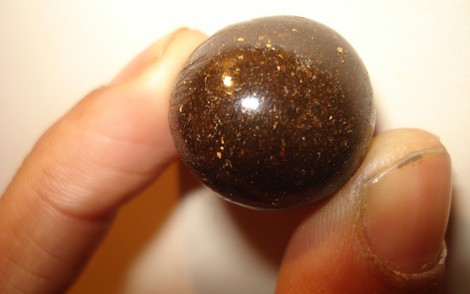Your podcast discovery platform
Curious minds select the most fascinating podcasts from around the world. Discover hand-piqd audio recommendations on your favorite topics.

piqer for: Health and Sanity Boom and bust Climate and Environment
Melissa Hutsell is an award-winning freelance journalist with a deep rooted passion for both community and international journalism. She was born and raised in Northern California, and has lived, studied, worked, and traveled in more 20 different countries. Melissa holds a Master's degree in Global Journalism from City University London, as well as degrees in Journalism and Globalization from Humboldt State University. Though she covers various topics as both a writer and editor, she specializes in business and cannabis journalism.
Religious Resins
The cannabis used to make charas grows wild in the Himalayan foothills of northern India. There, specific forms of the plant grow in bulk, and are recognized as playing an important role in the culture, and spirituality, of India.
In some sects of Hinduism, cannabis is freely smoked as a religious practice. Bhang, a cannabis/milk mixture, and charas are common ways of ingesting different forms of the plant throughout the country.
Charas is a concentrated form of cannabis, like hashish. Unlike hash, however, charas is hand-rolled, and made from cannabis that is freshly harvested (not dried) just a few weeks prior to full maturity. It’s commonly smoked through a pipe, and used for religious ceremonies such as the Hindu festival, Holi.
Much like strains grown in California and Colorado, cannabis specific to the different regions of India are renowned for their individual potencies. Charases known as Malana Cream and Idukki Gold are among the most popular for their strength.
Charas is made by rubbing the buds slowly between the hands. The plant will then produce a resinous, tar-like material which gathers into a ball (recipes for charas are included in article).
